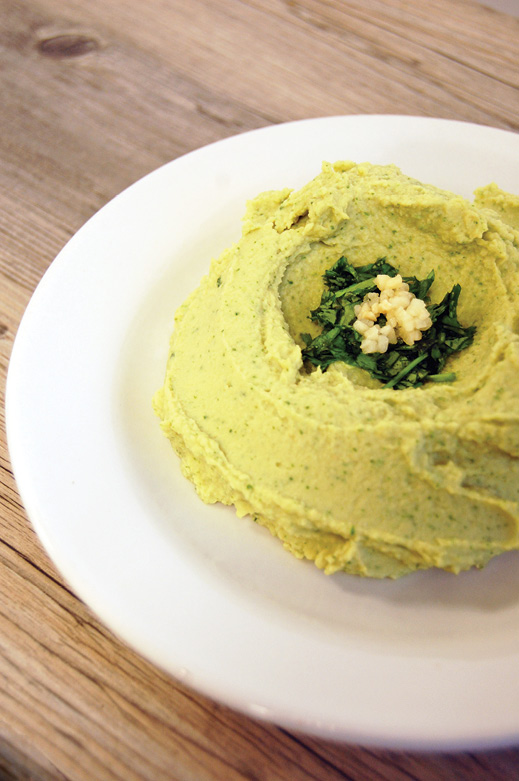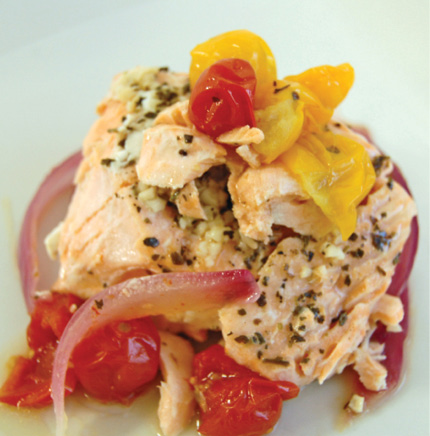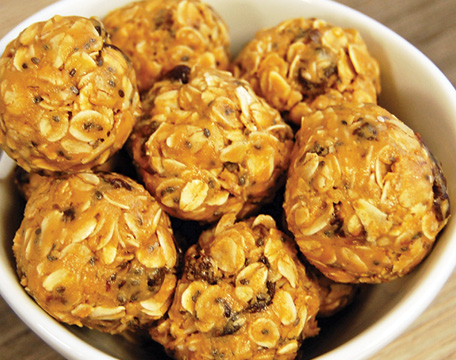Fresh Herbed Salmon Packets
4 (5-oz.) salmon fillets
4 tsp. olive oil
2 garlic cloves
4 tsp. dried basil
40 cherry tomatoes
1 medium red onion, cut into 8 wedges
4 Tbsp. lemon juice (juice of about one lemon)
Salt and pepper to taste (about ⅛ tsp. each, per salmon fillet)
Preheat oven to 400 F. Make four square pieces of foil and place a salmon filet in the middle of each one. Drizzle 1 tsp. of olive oil over the salmon filet. Add a pinch of salt and pepper. Mince garlic cloves and divide evenly among each filet. Sprinkle each fillet with 1 tsp. of dried basil. Add 10 cherry tomatoes and two onion wedges per foil. Add 1 Tbsp. fresh squeezed lemon juice over each salmon fillet. Wrap the foil so the salmon is completely covered and bake for 15 minutes, until the internal temperature is 145 F and the salmon flakes with a fork. If the salmon fillets are thick, they may need an extra few minutes in the oven. Measure with a food thermometer.
Makes four servings. Each serving has 290 calories, 15 g fat, 30 g protein, 12 g carbohydrate, 3 g fiber and 360 mg sodium.





